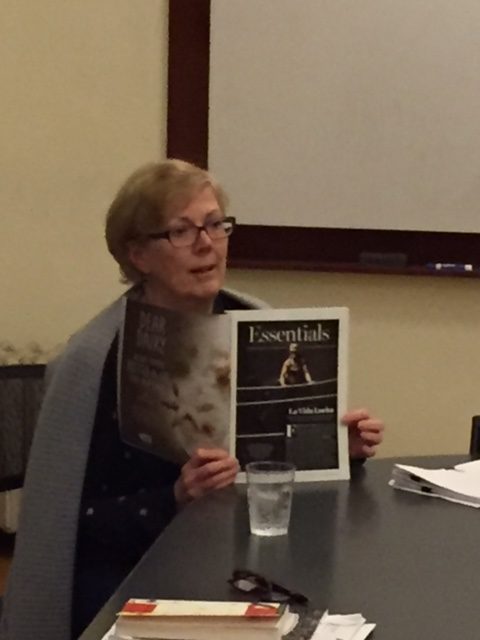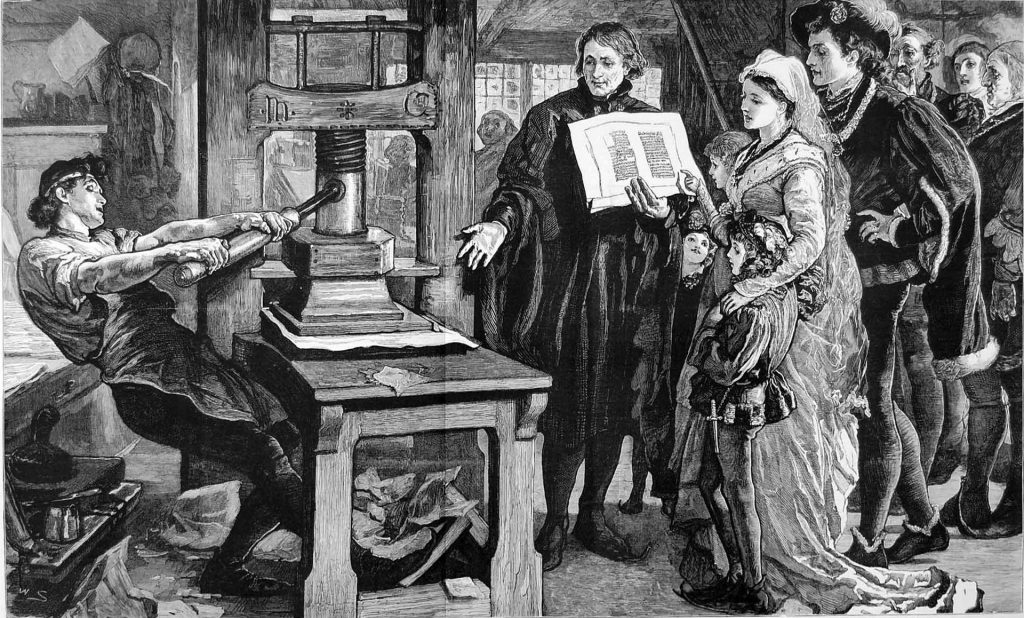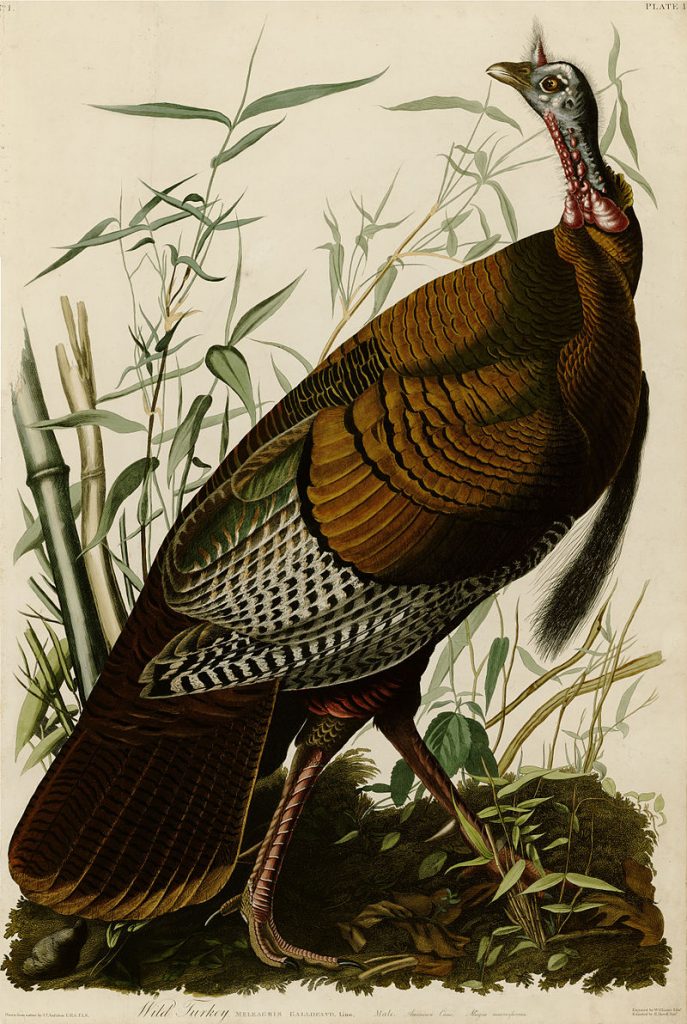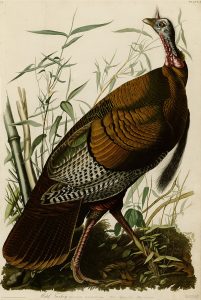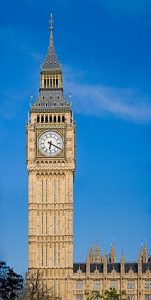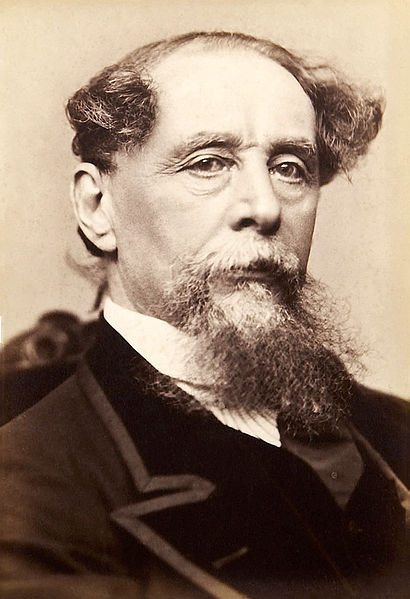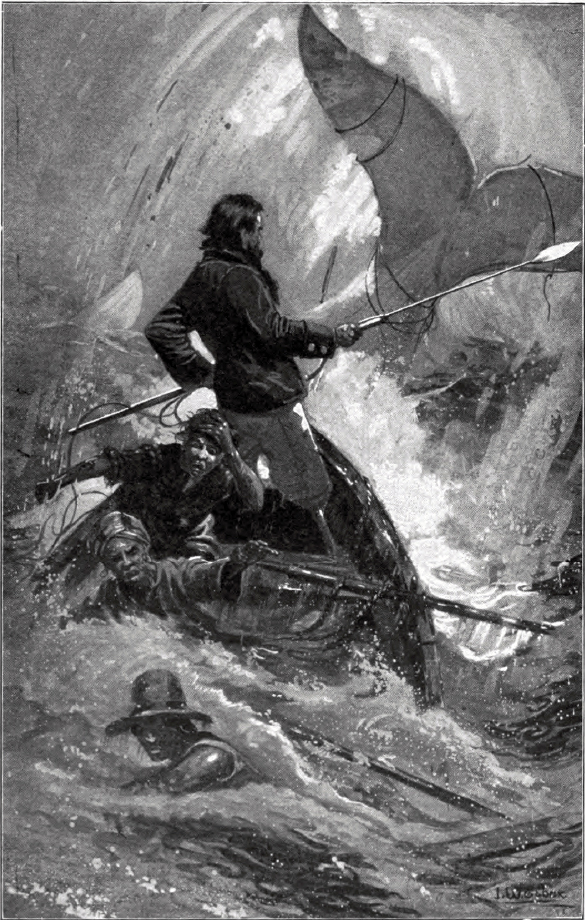
In my writing classes, I emphasize the need to bring people to life on the page. Strong characters are the heart and soul of every great story, whether fiction or nonfiction. To make your story compelling, you have to ensure that readers care about your characters, whether in an epic like Moby Dick or a nonfiction book like Basin and Range. Even a topic as seemingly dull and unpromising as Great Basin geology can enchant readers if the story comes through someone who cares deeply about it. This is exactly the strategy John McPhee employs in his book, Basin and Range. McPhee is a writer interested in everything: the Merchant Marine, Russian Art, the Swiss Army, the cultivation of oranges, the building of birch bark canoes, the collection and consumption of road kills. Yet he doesn’t assume a similar level of interest from his readers. Instead he courts them by seeking colorful individuals through whom he tells the story and so entices readers into the subject. In Basin and Range, he chose the geologist Kenneth Deffeyes.
“Deffeyes is a big man with a tenured waistline. His hair flies behind him like Ludwig van Beethoven’s. He lectures in sneakers. His voice is syllabic, elocutionary, operatic. He has been described by a colleague as ‘an intellectual roving shortstop, with more ideas per square meter than anyone else in the department–they just tumble out.'”
McPhee’s quick character sketch provides readers with a glimpse of the energetic, idiosyncratic geologist, the kind of man who should prove a worthy guide to the narrative. McPhee selected Deffeyes as the central character for his personality and familiarity with the Great Basin. The geologist serves as the entry point into the subject. Though him, general readers learn to care about such arcane subjects continental drift, subduction zones and seafloor spreading. They might never crack the cover of a geology textbook, but once they get to know Deffeyes, chances are, they’ll be hooked.
We’ll discuss how to create strong characters as part of my upcoming Seattle writing classes. There’s still room; let me know if you’d like to sign up!
 The Writer's Workshop
The Writer's Workshop 
